Painter and engraver, Lorjou was considered in 1955, as one of the "ten greatest artists of the year", he was cited in third position, after Buffet but ahead of Alfred Manessier, Nicolas de Staël and Jean Bazaine (survey published in Connaissance des Arts).
"Bearer of an extraordinary force and truculence, Lorjou testifies to the capacities of figurative painting to renew itself and express its modernity. The painter violently distinguished himself from his elders, Picasso and Matisse, drawing his inspiration from Goya, Courbet and van Gogh, with whom he shared an immoderate taste for the use of yellow, thus producing a work of profound originality, far from the conformism reproached to the Second School of Paris, of an expressionist verve out of the ordinary. » (Éric Mercier, Années 50 - La Jeune Peinture, tome I: L'alternative figurative, ArtAcatos, 2010, « Bernard Lorjou » pages 156-175)
His engravings and lithographs are part of the collections of the Bibliothèque nationale de France, Department of prints and photography and many of his paintings are kept at the Musée d'art moderne de la ville de Paris, at the Centre Pompidou, musée national d'art moderne, at the Musée des beaux-arts de Clermont-Ferrand, Besançon, Rouen, Périgueux, etc.
Sold in pairs.






















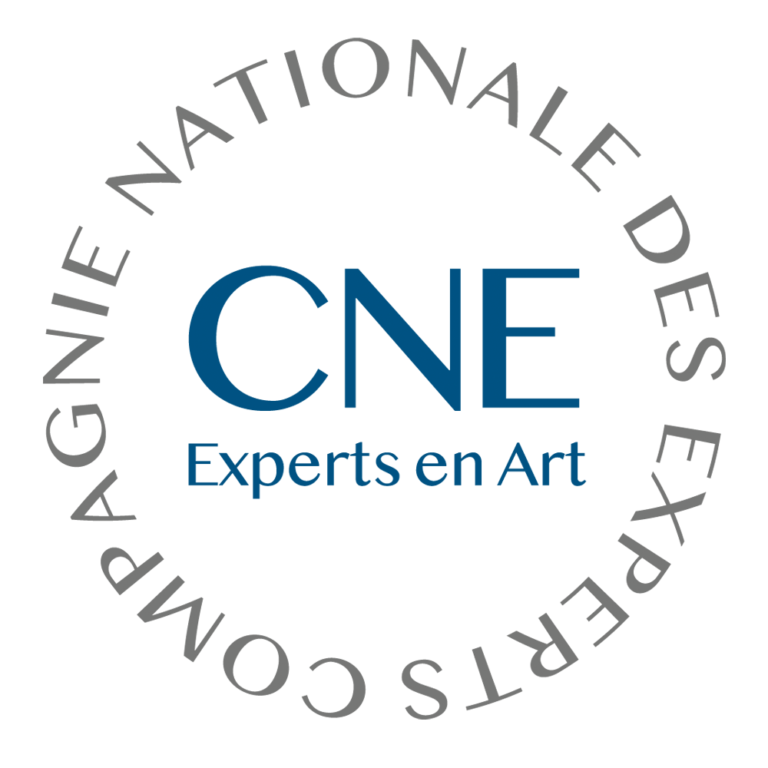







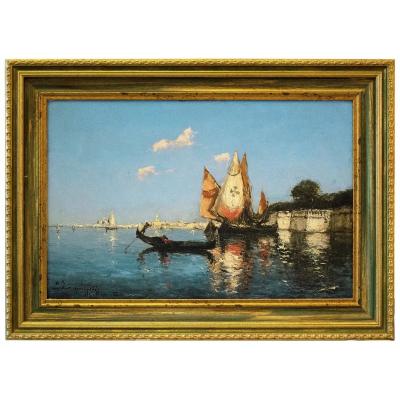
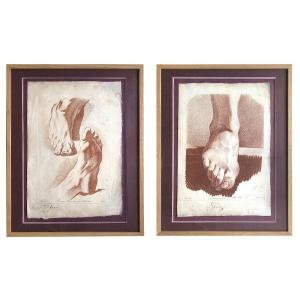



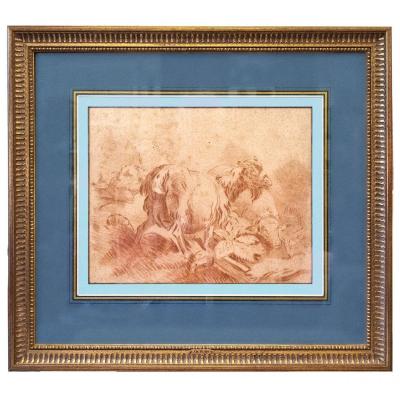
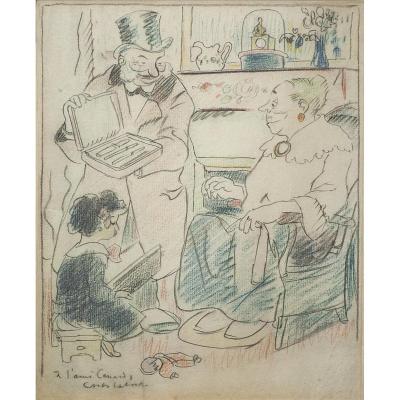




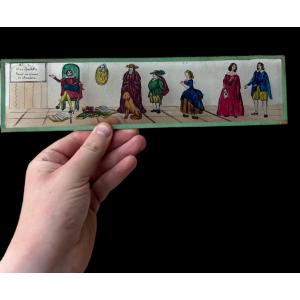





 Le Magazine de PROANTIC
Le Magazine de PROANTIC TRÉSORS Magazine
TRÉSORS Magazine Rivista Artiquariato
Rivista Artiquariato